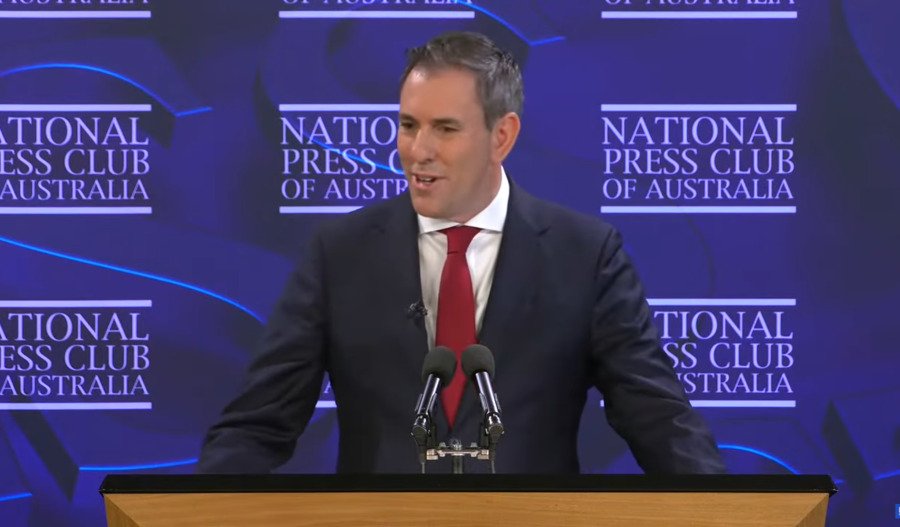While newly released figures show almost 200,000 fewer foreigners settled in Australia last year, migration was directly responsible for a record $38.2 billion in overseas remittances in 2024.
Drawing on figures from the World Bank, the Australian Bureau of Statistics (ABS) and foreign governments, a new report by comparison site Money Transfer Australia revealed that India ($7.3 billion) and China ($5.35 billion) received around a third of all migrants' payments to their home countries last year.
While India tops the global remittance charts it is also Australia’s largest recipient. However, Australia’s contribution is just 3.8% of India’s overall inflows.
By contrast, China's smaller dollar amount of $5.35 billion was a much larger share of its total remittance inflows at 12.1%.
“Australia is the UK’s most popular emigration destination, receiving nearly $US1 billion [$1.52 billion] in remittances — about 20 per cent of the UK’s total inflows,” the report said.
“However, UK migrants send significantly less per person compared to those from China or India, suggesting more of their earnings remain within Australia’s economy.”
Adam Creighton, chief economist at the conservative Institute of Public Affairs (IPA) think tank, believes that soaring remittances suggest that immigration's economic benefits are lower than they might seem because of the lower propensity of immigrants to spend their incomes in Australia, as native-born Australians typically would.
“It’s perfectly understandable that international students remit money home,” he said.
“However, this fact undercuts the economic arguments typically made about the benefits of a large and growing international student population, that being, they send billions of dollars out of the country every year, rather than spend it here.“
According to World Bank data, remittances out of Australia have increased severalfold in recent years and have mirrored rising student intakes, especially from India and China.
The report also revealed that it’s not just the big economies that benefit from Australia’s remittances.
For example, in Nepal Australian residents sent more than 20 times the amount the Australian government gave in aid.
While private remittances are firstly about family love and loyalty, it’s also clear that they stimulate economies in the destination countries.
“In some African and Pacific nations, these transfers are likely a financial lifeline for many,” Money Transfer Australia said.
With net overseas migration expected to reach more than 1.3 million people between the 2023 and 2025 financial years, we believe remittance outflows from Australia will be even higher in 2025,” Mr Gous said.
Australia’s population surged by 445,900 people, or 1.7%, in 2024 to 27.4 million, largely on immigration.
Just under 595,000 migrants arrived last calendar year - 194,796 in NSW, 169,041 in Victoria, 106,058 in Queensland and 72,997 in WA.
However, Australian Bureau of Statistics (ABS) data reveals the impact of a government crackdown on student visas.
According to ABS data temporary net migration – the difference between the number of people arriving from overseas and those who left – fell from 530,620 in 2023 to 340,800 in 2024, a drop of 36%.
“There were 594,900 people arriving from overseas and 254,200 departures. This means that 340,800 people were added to our population from overseas migration in 2024,” said Beidar Cho, ABS’s head of demographics.
Historically between 40 and 50% of temporary net migration is made up of overseas students, however, the proportion has been skewed in recent years because of the high number of student arrivals.
Strong arrival numbers were still evident as recently as February this year, when a record 200,000 students landed in Australia.
However there are strong signs of a slowdown in interest, with a 30% drop in student visa applications to the end of April as quasi-caps and other measures, such as increasing non-refundable visa fees, reduce demand.
As of 30 June, 2024, the ratio of people born overseas was 31.5%, or 8.6 million, the highest figure since 1891.
England, India, China, New Zealand and the Philippines were the top five most common countries of birth, with those born in India recording the largest increase since 2014.
Between 2013 and 2023, Australia’s Indian-born population more than doubled from 378,480 to 845,800, overtaking Chinese-born residents — who went from 432,400 to 644,760 — to become the second-largest migrant community making up 3.2% of the total population.
Over the same 10-year period, England's residents fell from more than one million to 961,570.
“Key reasons for the fall in European-born populations include moving away from a discriminatory immigration system and assisted migration programs in the 1970s and the European Union’s freedom of movement laws, which have made it relatively easier and cheaper for Europeans to access the labour market across Europe,” the ABS noted.
Meanwhile, those born in Italy — the only other country in the top 10 to decline — fell from 200,670 to 158,990 which reflects the ageing of the post-World War II migration wave.



